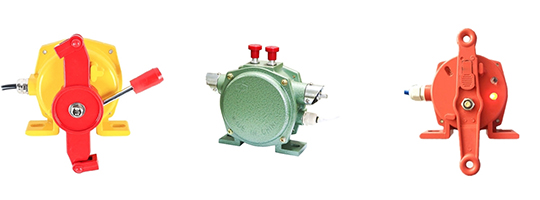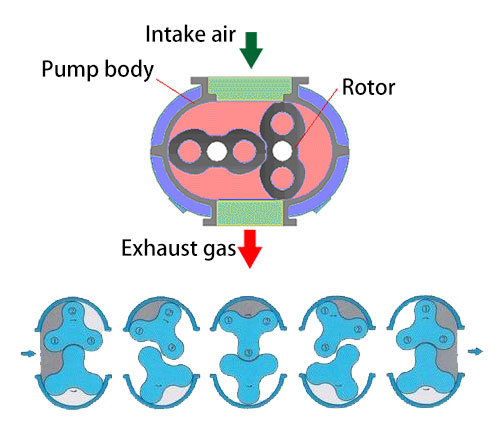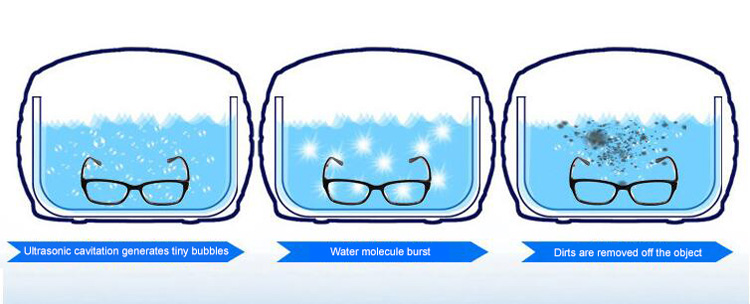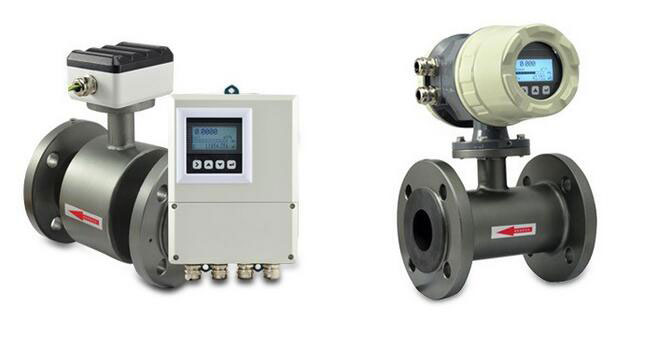Vibration motor is installed at both ends of the rotor shaft each set of adjustable eccentric block, and then use the centrifugal force generated by high-speed rotation of shaft and eccentric block. Its purpose is to get the exciting force. It has a wide range of vibration frequencies. Only when the excitation force and power are properly matched can the mechanical noise be reduced. There are six types of vibration motors, which are classified according to starting and running mode and running speed.
Vibration motor is a power source and vibration source combined as one of the exciting source. Its exciting force is easy to use, and has the advantages of high utilization rate, low energy consumption, low noise, long life and so on. They can be applied to general vibration machinery, such as: vibration crusher, vibrating screen extension machine, vibration baler, vibration shakeout machine, vibration molding machine, vibration pile driver, vibration hoist, vibration filling machine, silo vibration arch broken anti-occlusion device and so on. They are widely used in hydropower construction, thermal power generation, construction, building materials, chemical industry, mining, coal, metallurgy, light industry and other industrial sectors.





